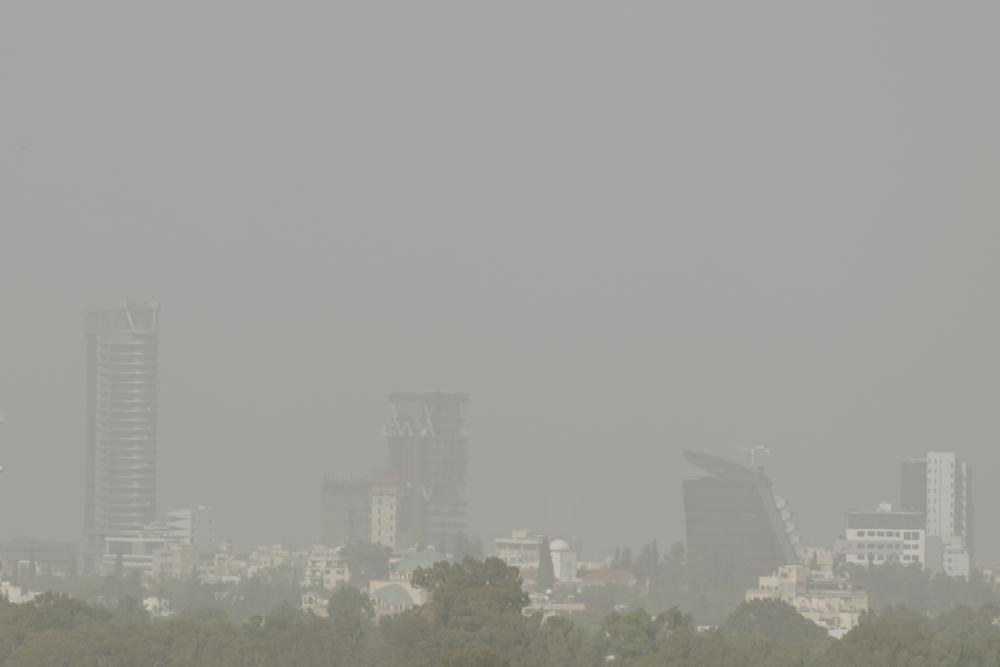Solar power bails out Texas grid during major heat wave – “This is what’s happening with 1 degree Celsius of global average warming. And we’re on track for 3 degrees.”
30 June 2023 (Reuters) – The Texas power grid comfortably met record demand during this week’s heat wave with abundant power supply from wind and solar plants, data from the grid operator showed.
The Texas grid is a focus in the United States whenever it is tested by extreme weather after a catastrophic failure in February 2021 during freezing temperatures left millions of Texans without power, water and heat for days during a deadly storm.
Texas has limited connection to grids in other states, so is unable to meet spikes in demand with imported power.
This week, grid operator the Electric Reliability Council of Texas (ERCOT) had little trouble meeting demand even as consumption for air conditioning rose temperatures rose as high as 102 degrees Fahrenheit (38.9 degrees Celsius) in the Fort Worth/Dallas area, according to the U.S. National Weather Service.
ERCOT said power use peaked at 80,828 megawatts (MW) on Tuesday, topping the grid’s prior all-time high of 80,148 MW set on July 20, 2022.
The grid had a margin of about 13,900 MW at the peak hour, enough to keep prices below $100 per megawatt hour (MWh) all day. During the 2021 crisis, prices rose to around $9,000 per MWh, which was the grid’s price cap at that time.
One megawatt can power around 1,000 U.S. homes on a typical day, but only about 200 homes on a hot summer day in Texas.
At the peak hour on Tuesday, wind and solar provided about 35% of the power in ERCOT versus 44% from gas, 14% from coal and 6% from nuclear.
So far this week, solar power generation peaked at a record of 13,086 MW on June 25, according to ERCOT. Wind power, meanwhile, reached a high of 24,237 MW on June 28, which was below its all-time high of 27,044-MW set in May 2022, according to federal energy and ERCOT data.
ERCOT has added over 6,300 megawatts (MW) of wind and solar power plants and over 1,300 MW of battery storage over the past year. The batteries help stabilize the grid, as battery operators store power when prices and demand are low and sell it back when prices and demand are high.
The storage business has been so good in Texas that investors including BlackRock and UBS have bought into battery projects.
ERCOT supplies more than 26 million customers in Texas, representing about 90% of the state’s power load, and has said it has enough supplies to meet summer demand.
Price spikes still possible
But unexpected power plant and transmission outages can still trigger price spikes in the state, especially if they come when extreme weather is straining the grid.
“Depending on weather conditions and generation output, we could see tight grid conditions periodically this summer,” ERCOT told Reuters in a statement.
ERCOT called on customers to conserve energy on June 20 due to outages, and real-time prices soared to around $5,000 per MWh in several parts of the state around the peak hours.
“Further tests appear likely this summer,” said Eli Rubin, senior energy analyst at energy consulting firm EBW Analytics Group.
“Particularly if thermal outages remain disconcertingly elevated.”
The Energy Information Administration forecast coal power generation in ERCOT would fall to 12.0 billion kilowatt hours (KWh) in the second quarter of this year, versus 16.8 billion KWh for the same period last year, and 17.9 billion KWh in 2021.
In a report last week, the North American Electric Reliability Corp (NERC) said more frequent extreme weather, high-demand conditions and a changing resource mix has made conventional generation, like coal- and gas-fired power plants, less reliable.
NERC said those challenges resulted in the highest overall outage rates of around 8.5% for conventional generation in 2022 since the reliability organization began gathering generator availability data in 2013.
Population and economic growth means the Texas grid is likely to continue to see demand scaling new records in future years.
Wind, solar help Texas meet record power demand during heat wave

By Benjamin Storrow
26 June 2023
(E&E News) – Live by the sun, die by the sun.
So it goes in Texas, where a surge in solar power generation is helping the state’s primary grid operator navigate an ongoing and stifling heat wave.
Yet, in spite of the sun-powered boost, analysts say the state’s electric grid remains unprepared for a warming climate where intense heat waves will become more frequent and severe.
The last few days have offered a preview of this hotter future. The current heat wave has shattered temperature records in many cities and reached as high as 118 degrees Fahrenheit along the Mexican border. The broiling conditions are expected to continue this week.
“We learned that climate change isn’t messing around,” said Alison Silverstein, a Texas-based energy consultant who authored a high-profile Department of Energy report on the reliability of the country’s electric system in 2018.
“This kind of heat dome and long-lasting extreme heat conditions are not anything we have seen before in Texas, and yet they are happening more and more often,” Silverstein added. “We cannot change our built infrastructure fast enough.”
Texas’ grid has been at the center of national debate over the country’s transition to cleaner electricity sources, pitting the need to reduce planet-warming pollution against the necessity of keeping on the lights.
A powerful winter storm in 2021 led to widespread power outages in much of Texas. Republicans and fossil fuel interests sought to blame renewables. Democrats and environmentalists pointed to failures at gas plants and the pipelines that serve them.
The debate often has failed to reflect the real cause of the outages. Texas power plants and gas infrastructure are simply not winterized to withstand extreme cold, a Federal Energy Regulatory Commission report found. Power plants farther north fared much better, even though they experienced colder temperatures.
But that has done little to quell the political debate. This year, Republican lawmakers passed a bill designed to encourage the build-out of natural gas and pushed legislation that would have made it harder to pass permits and connect renewable facilities to the grid. The bill passed the Senate, but ultimately died in the House.
The recent heat wave arrived against that backdrop, with solar coming to the rescue as temperatures across the state rose. The Electric Reliability Council of Texas, the grid operator serving most of the state, issued its first voluntary conservation notice of the year Tuesday.
ERCOT did not reach emergency conditions last week.
“On most of our days, we’re getting close to 20 percent or more from renewables, particularly at peak,” Silverstein said. “That is a lot of solar and wind, and stabilizing prices and shielding us from our vulnerability to dispatchable resources, many of which are older, dropping out and causing risky grid reliability events.”
The North American Electric Reliability Corp. estimates Texas has added about 4.4 gigawatts of solar capacity since last summer, resulting in a lot more electricity during summer heat waves.
About 15 percent of ERCOT’s power generation came from solar alone during most afternoon hours, often making solar the second-largest source of electricity production after natural gas, according to Grid Status, a website that aggregates electricity data from grid operators around the country.
The solar boost is important for two reasons. ERCOT reported 10G W of power plant outages as of Saturday morning, or slightly less than the 11 GW of outages that the grid operator’s summer planning scenarios describe as an extreme scenario. The largest outages were reported at a nuclear plant and two coal facilities, which were running at reduced levels through Wednesday, according to the most recent ERCOT data.
ERCOT did not respond to a request for comment. […]
Texas has sought to increase the reliability of its grid by building more natural gas. But some analysts said it would be cheaper and more effective for the state to implement better demand management and energy efficiency strategies. […]
The state can expect to see more of the type of weather it has experienced this past week, said Andrew Dessler, a professor of atmospheric science at Texas A&M University.
“One lesson is this is what’s happening with 1 degree Celsius of global average warming. And we’re on track for 3 degrees,” Dessler said. “I tell my students you’re going to live through this. If we don’t do something, the future is 3 degrees.” [more]



